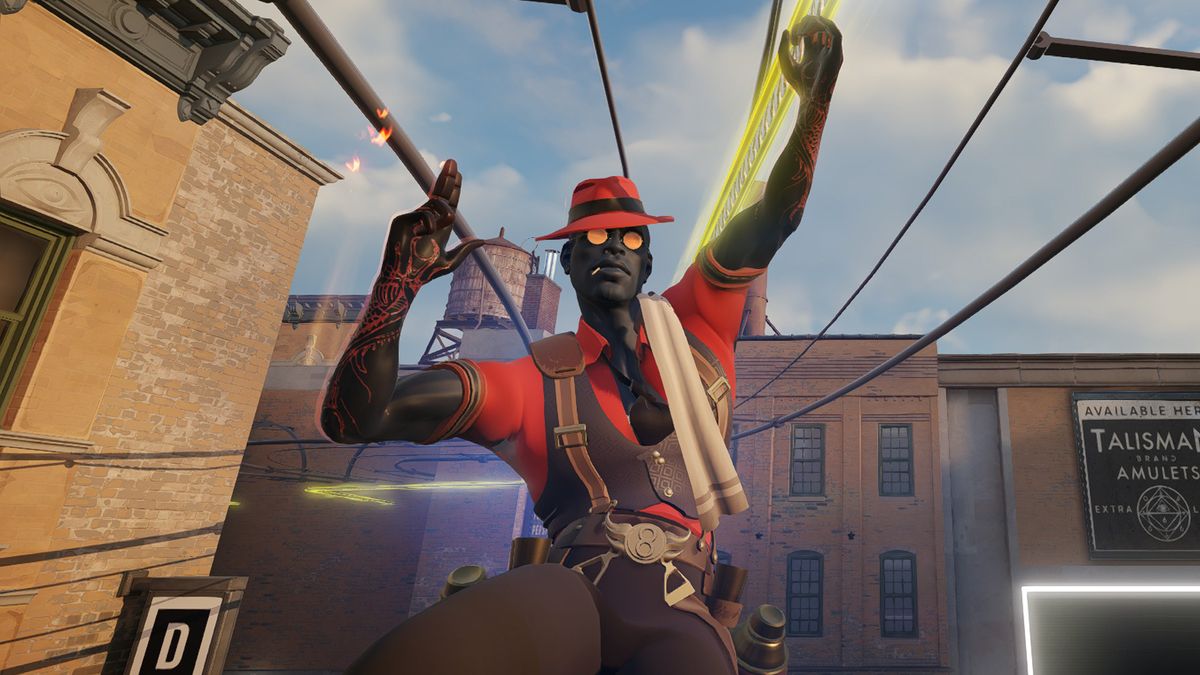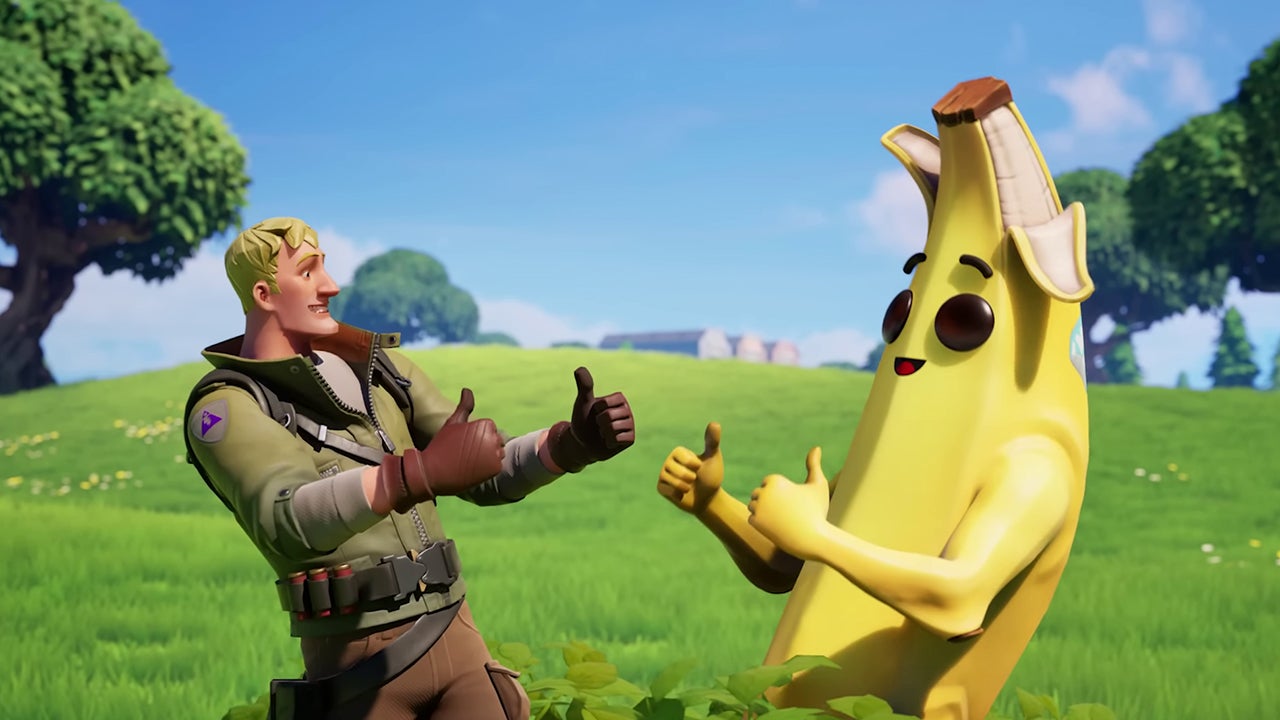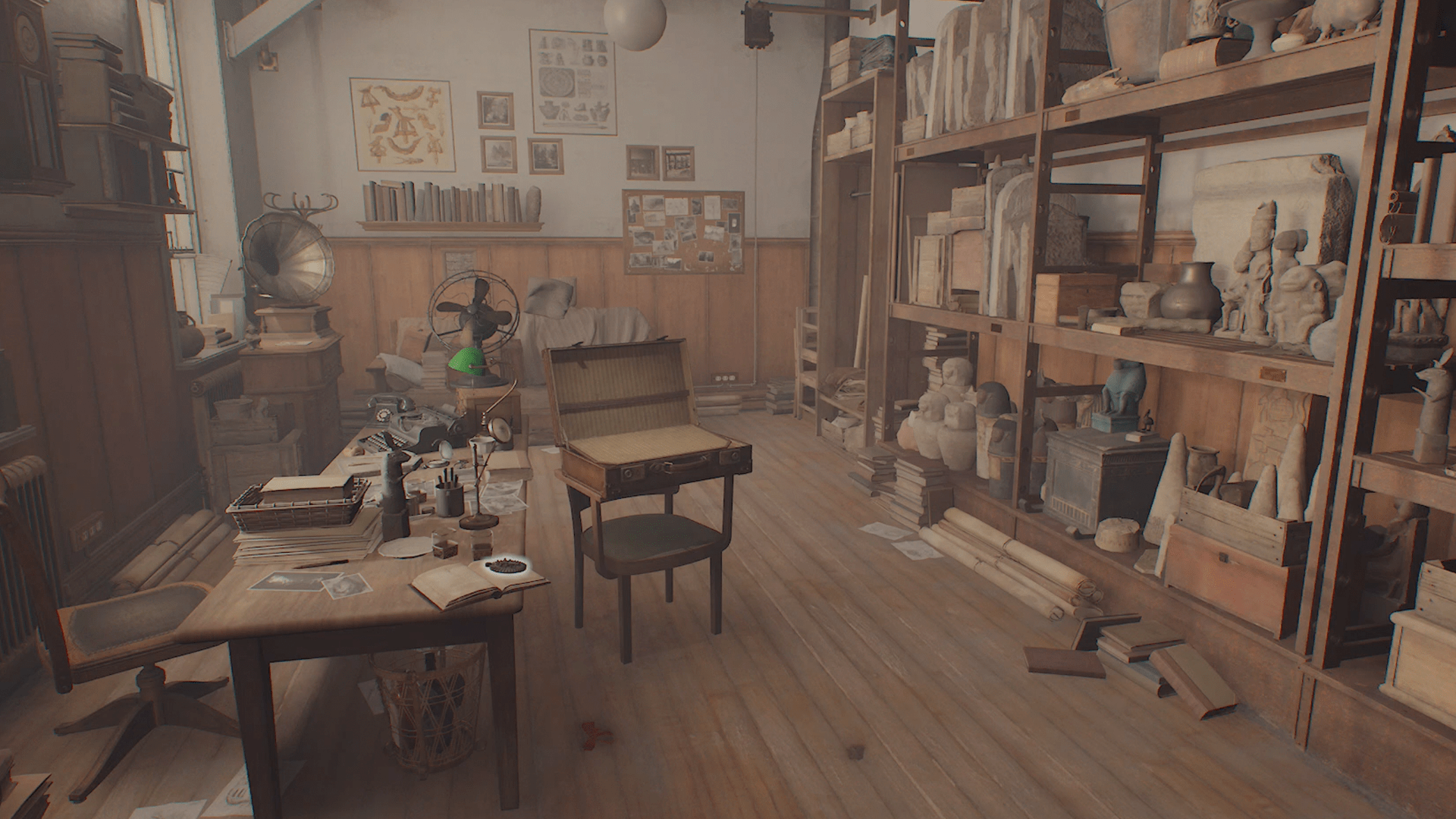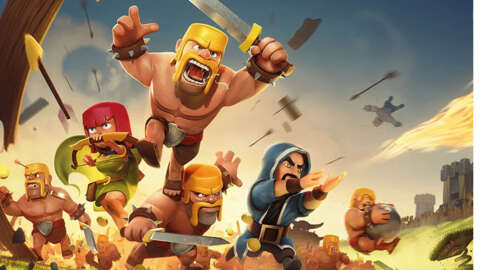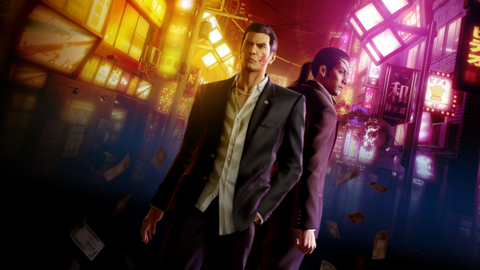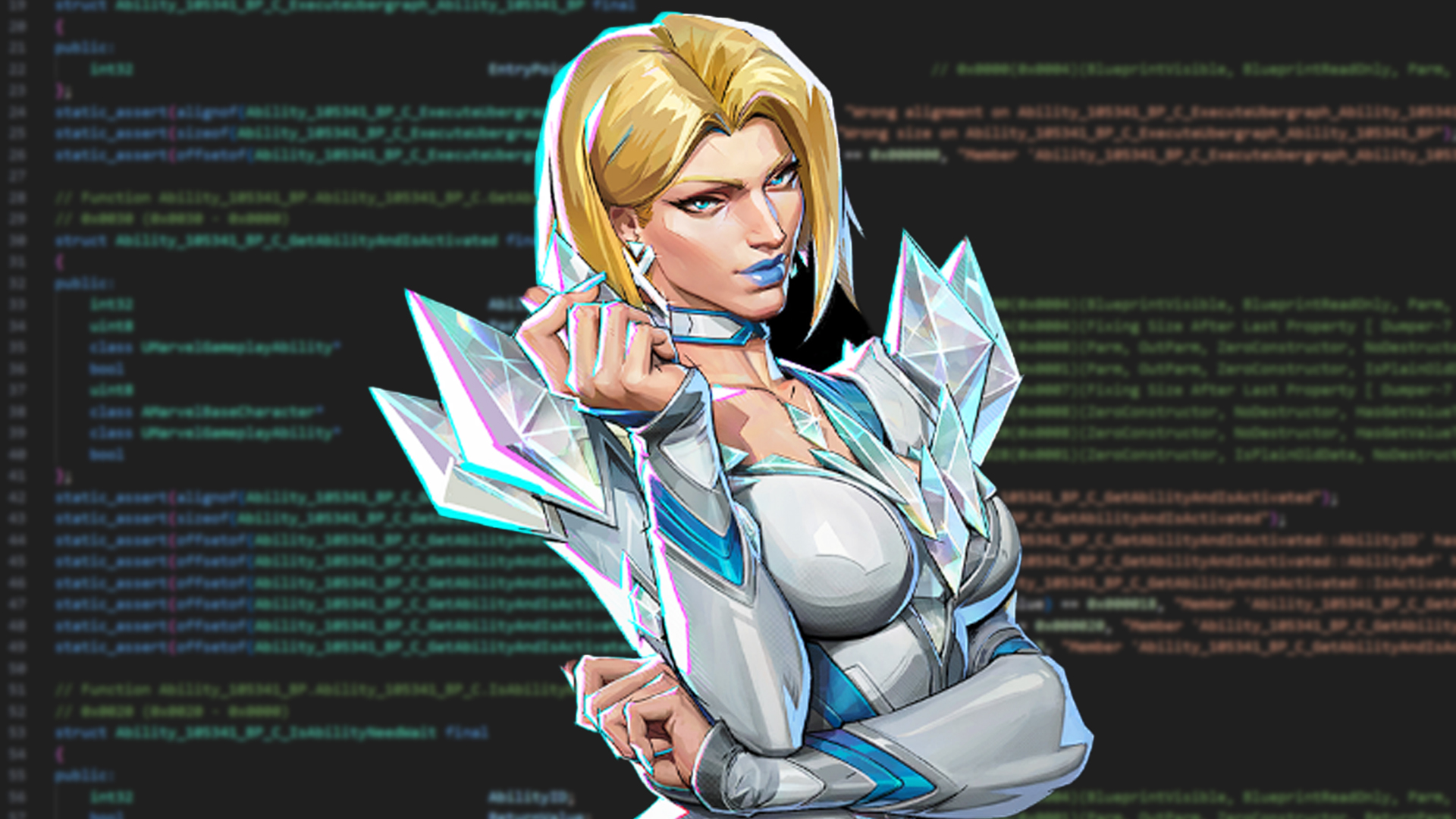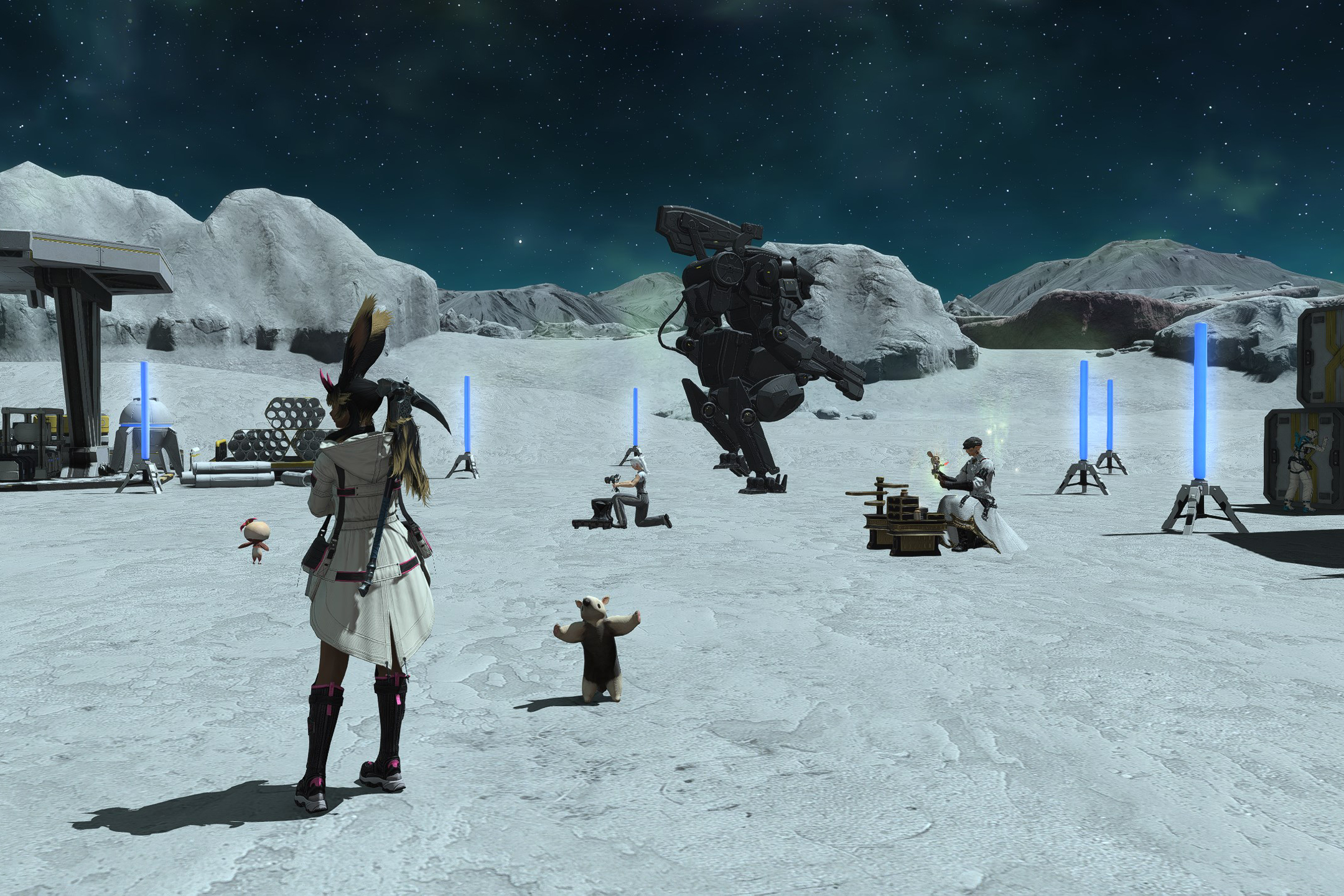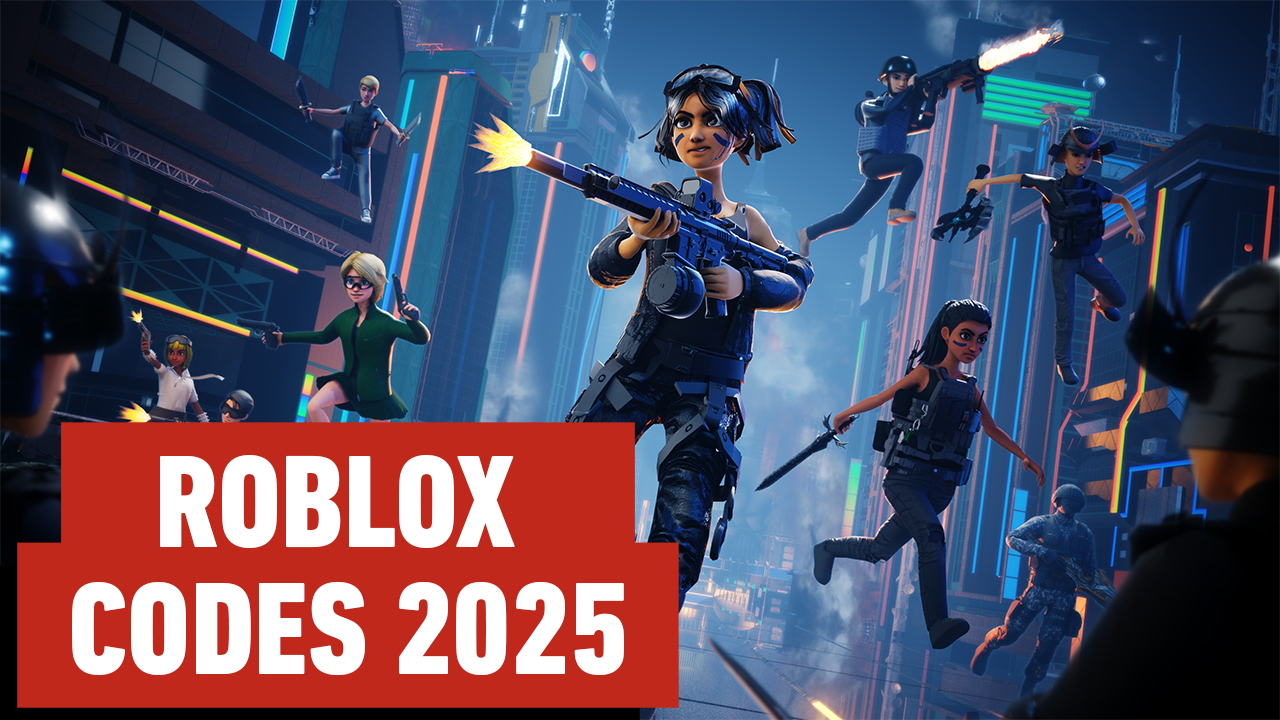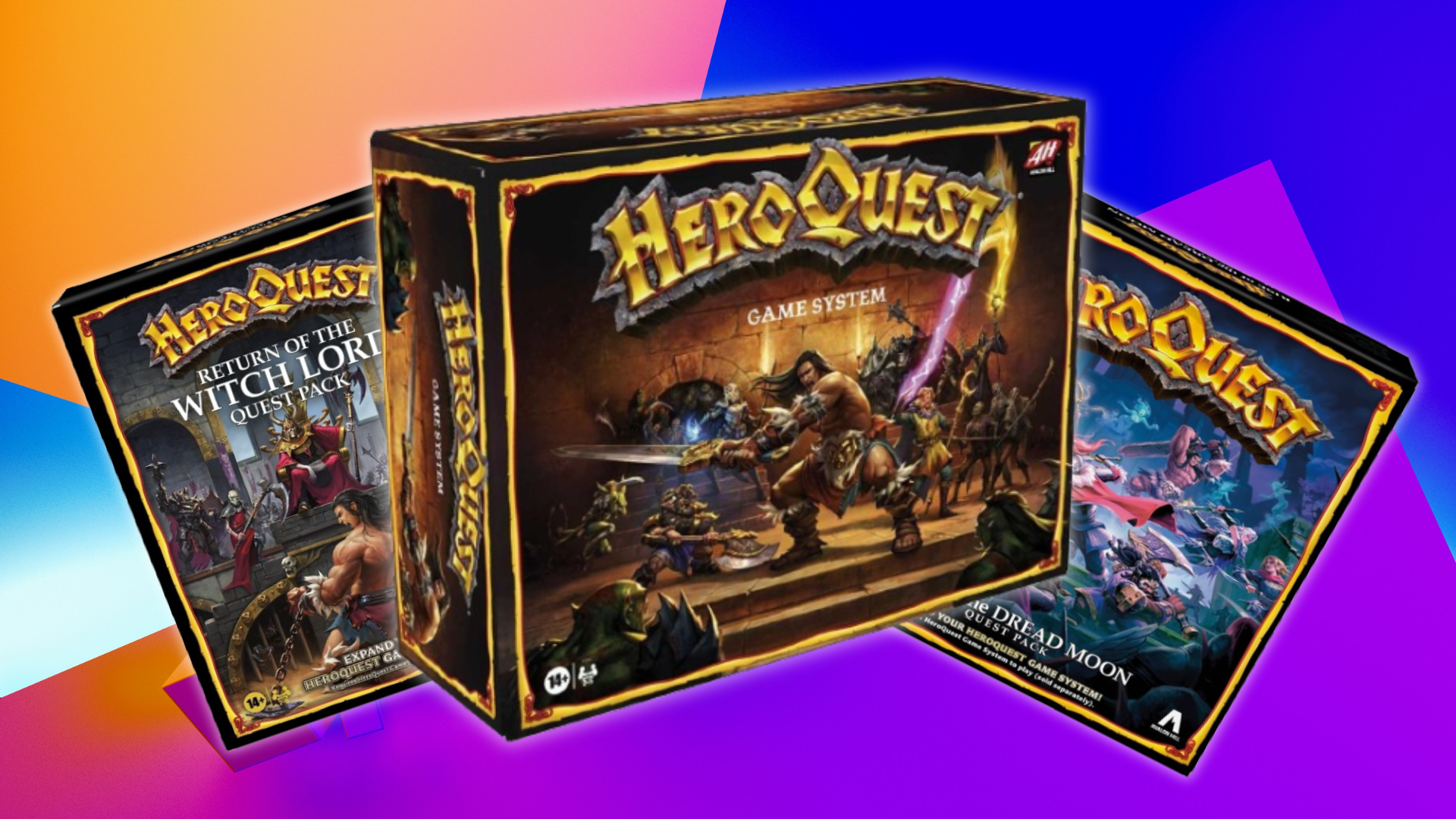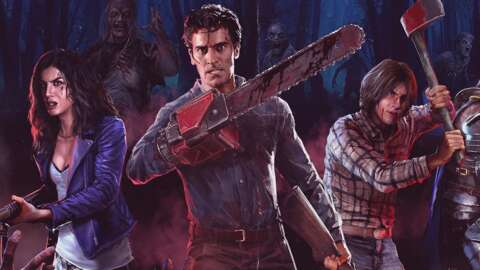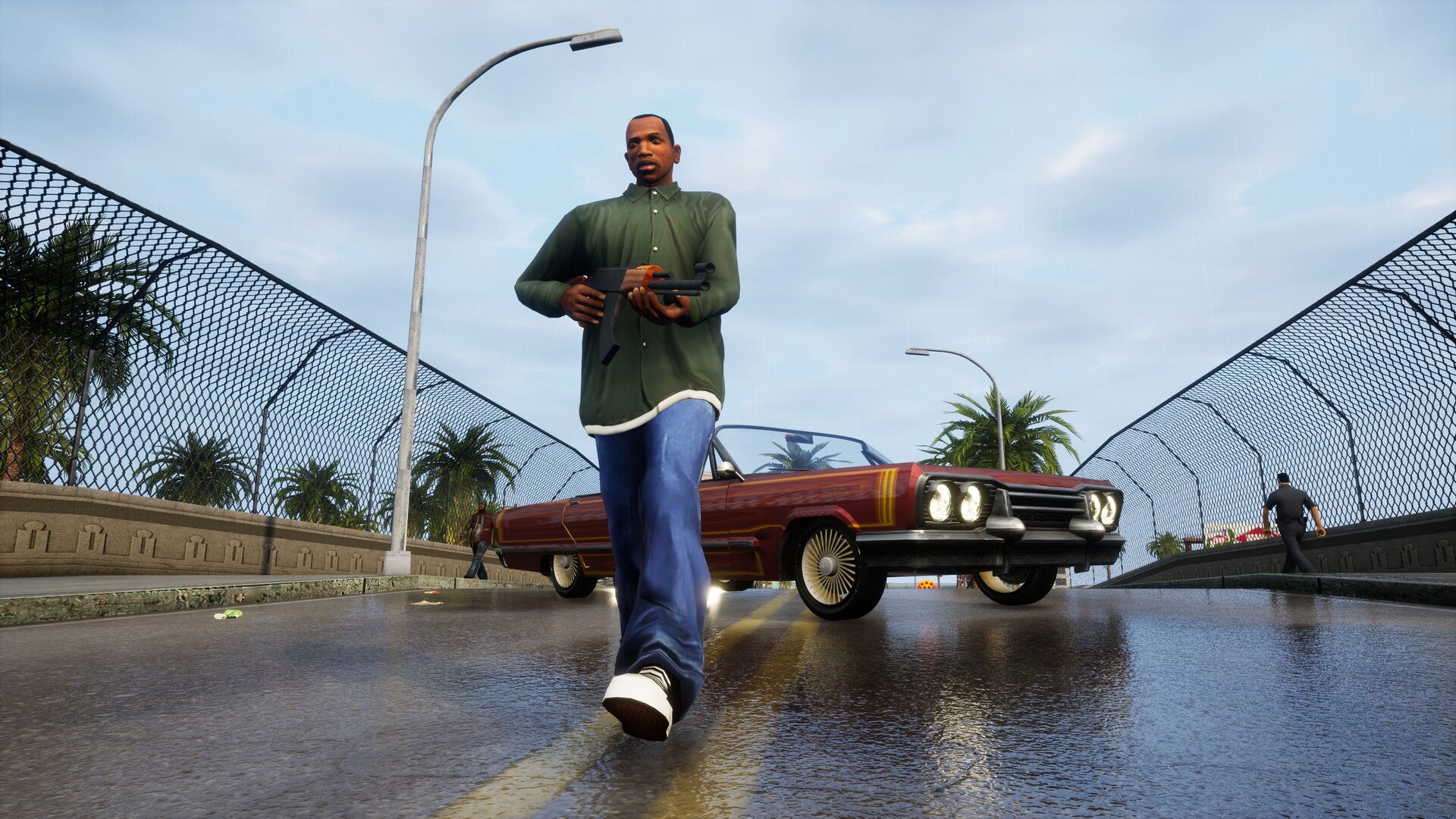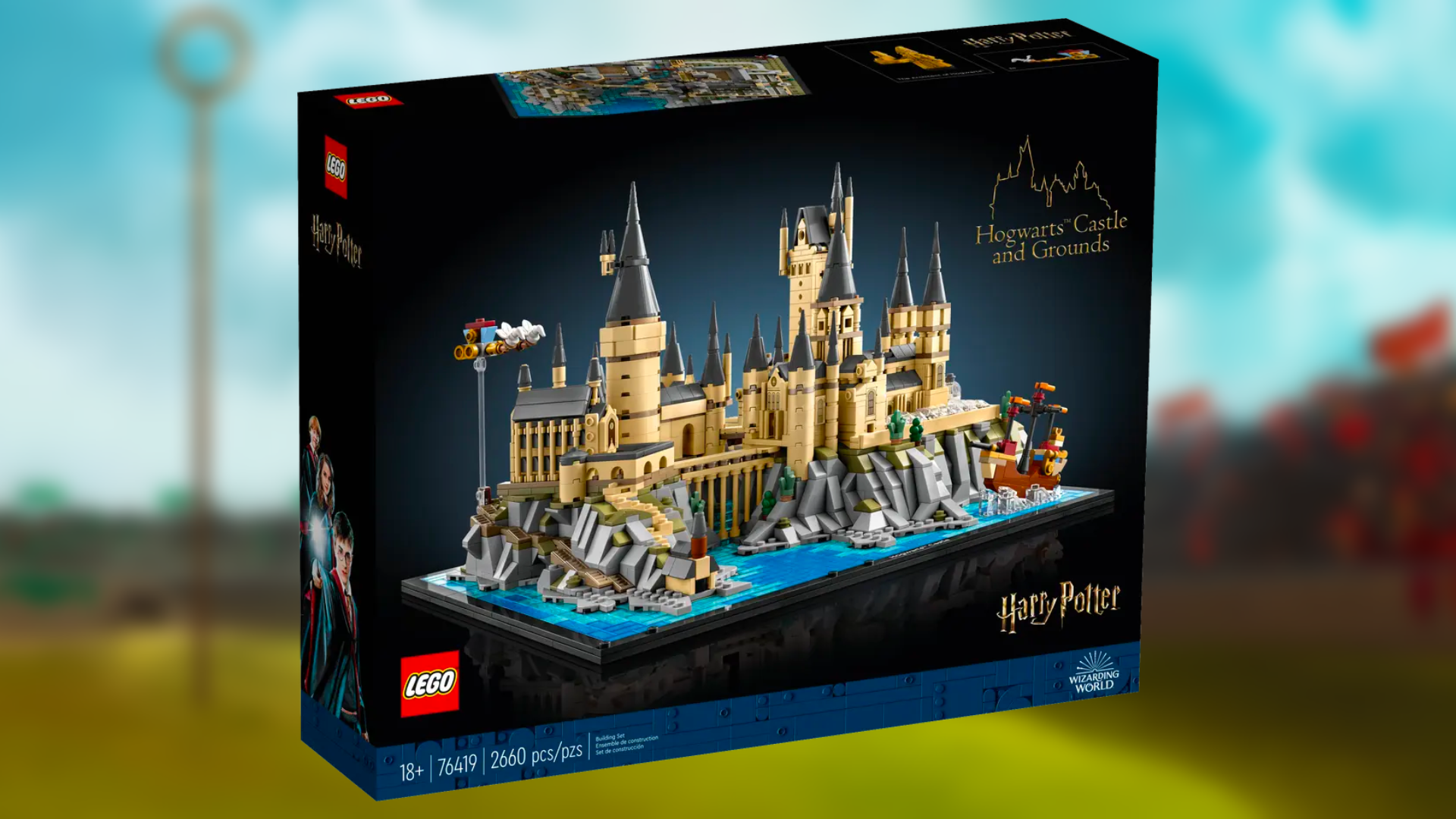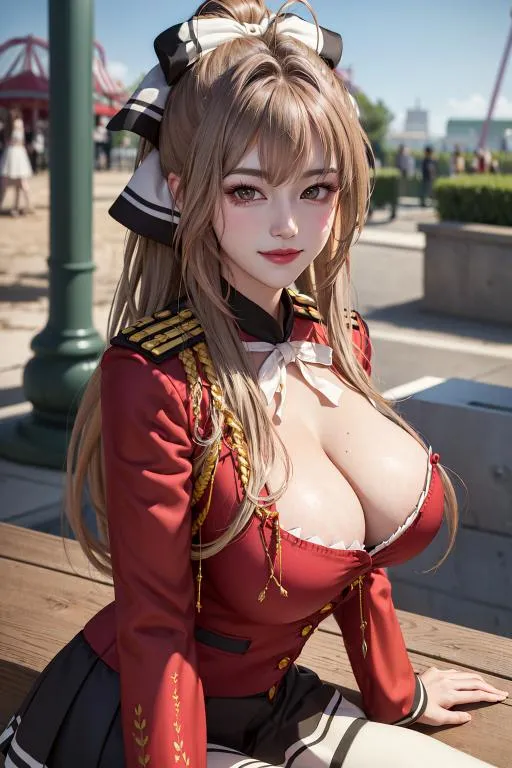
When I booted up Deadlock for the first time, I was sure I knew what I was getting into. The premise for Valve’s first “truly new” game in years was immediately appealing to me: A character-based six-versus-six hero shooter filtered through the format of a multiplayer online battle arena (MOBA).
I’m a big fan of both genres, so my interest was immediately piqued. I’ve logged thousands of MOBA hours through League of Legends; and I have a lot of character-based team shooter experience through Valorant, Overwatch, Marvel Rivals, Apex Legends, and many, many more.
I was expecting some level of a learning curve, as is always the case when taking on a new competitive multiplayer game. But in my first game of Deadlock, I was surprised to find I had absolutely no idea what I was doing. I kept dying over, and over, and over again, and the scoreboard at the top of the UI made it abundantly clear how far behind I was when compared to everyone in the game.
I played a few more games and still felt completely lost. Perhaps even more shocking was despite this experience, I still had a fun time. But I wanted to get better and figure out what I was doing wrong.
So I watched some beginners’ guides on YouTube, and a funny thing happened: I realized I had been playing the game all wrong. Because the game is presented visually as a first-person shooter, I had been thinking of it like a first-person shooter, so my shooting game instincts were overriding my MOBA instincts. I was focusing too much on trading headshots and trying to secure kills on the enemy players. I was not thinking at all about the game’s actual win conditions, or the concepts of farming minions and creating pressure around neutral objectives that I’ve become very accustomed to in my time with League.
Watching the beginners’ guides, I found myself flabbergasted that I wasn’t considering these very basic MOBA concepts that have been drilled into me for years, and it felt like a light switching on in my brain as I repeatedly went, “Wait… duh… why was I not thinking about it like a MOBA?” Still, there were also a few unique-to-Deadlock mechanics that I needed to learn. Farming minions is an essential part of MOBAs, but in Deadlock, all units expel a soul orb that floats in the air for a few seconds after they die. In order to actually get the rewards for the kill, you have to shoot the orb to secure them — or you can deny an enemy by shooting the orbs left behind by your own dead units. It’s a major part of the game’s resource system, and understanding it made a huge difference in my play.

Armed with this new info and a new strategy, I was ready to dive in again. Thankfully, Deadlock has suggestions for which heroes new players should try out of its roster of approximately two dozen, and I had also watched a video that compared the game’s characters to similar ones in League.
In League, I play top lane, a position that is largely isolated from the rest of the map and has historically been among the more tank-centric roles. So I was immediately drawn to Abrams, a bulky detective with blue skin, big horns, thick-rimmed glasses, and an even thicker book with which he can whack people. Abrams has an ability where he charges forward and can stun enemies (like my favorite League champion Sion), multiple sustain abilities to keep himself alive, and a big ultimate that can stun a bunch of enemies at once. That’s exactly the kind of stuff I’m into in these games — I like playing as a big tank who can help my team win fights by setting up opportunities for my damage-dealing teammates to pop off.
Surprise, surprise, my games of Deadlock improved drastically after I recalibrated how I looked at the game and changed what I was doing in tandem with that. My teams won some games. I got some kills. But most importantly, I could actually feel the impact of my presence and like I was contributing to my team’s success. I stopped trying to constantly snipe headshots on my opponents in Deadlock and started actually playing the game as it was meant to be played: helping set up plays for my teammates and understanding when to be aggressive and when to hold back. But more specifically, I gained an understanding of one character’s role in the noise and built out from there. That’s always a good way to approach a game with this much strategic depth, but especially a novel genre mashup like Deadlock.
Source:https://www.polygon.com/gaming/521786/deadlock-valve-moba-hero-shooter